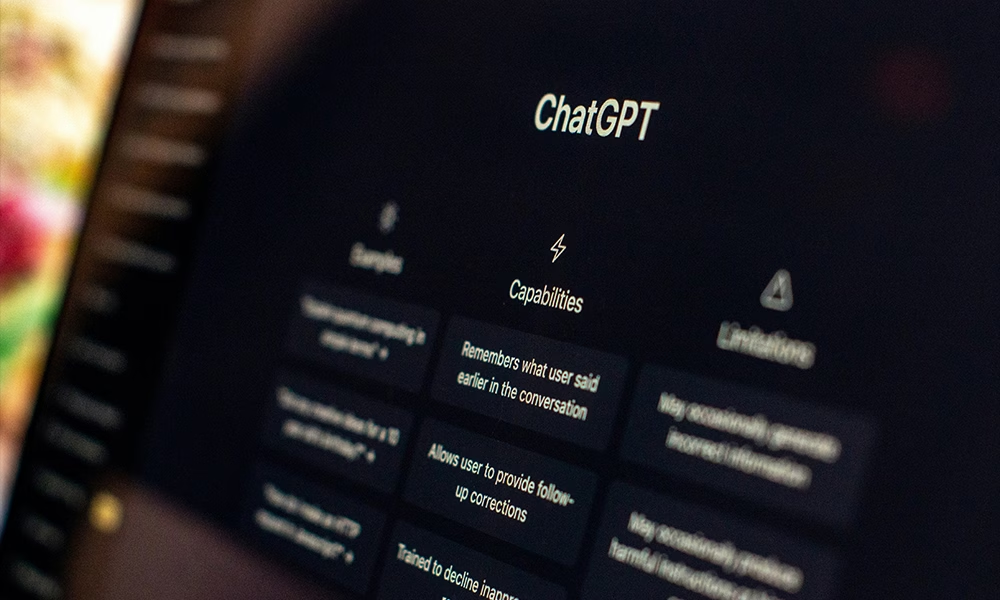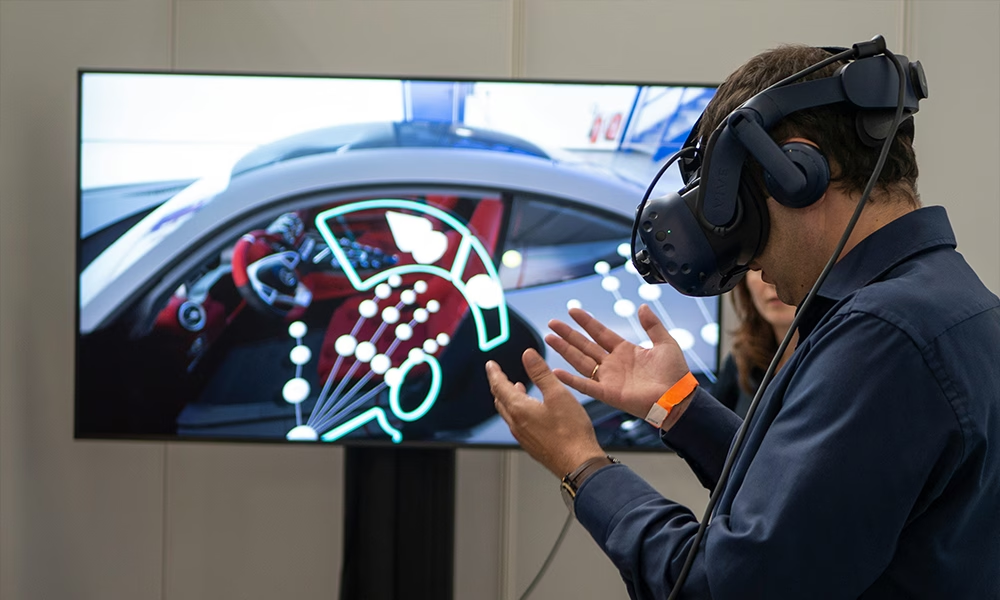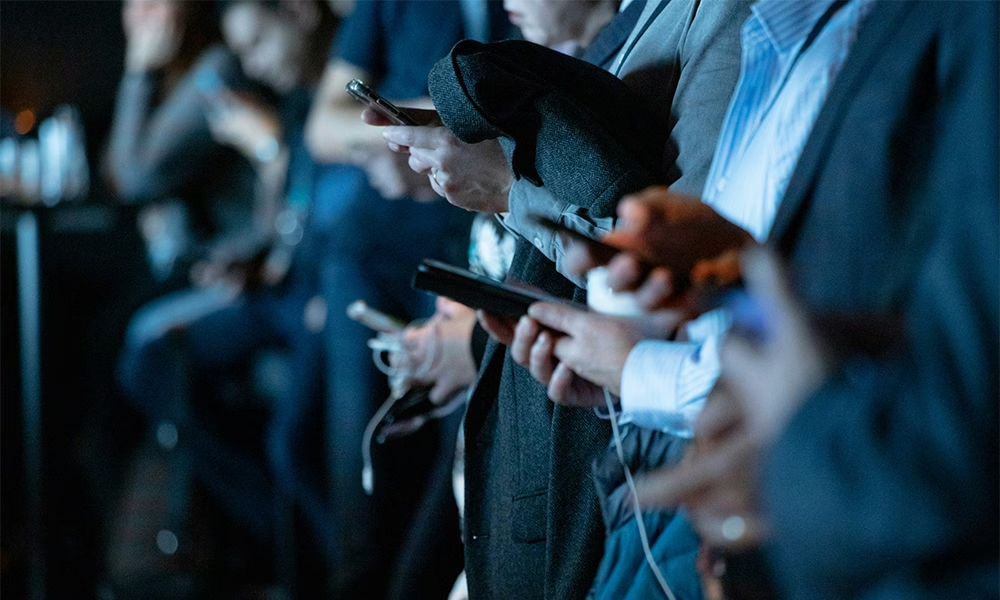Generative Engine Optimisation: The PR-led discipline reshaping brand visibility

A new communications discipline is here and it’s called generative engine optimisation (GEO).
With the rise of genAI tools like ChatGPT, Perplexity, Gemini, Llama, the way brands are discovered, researched, and evaluated is changing fast.
People in comms – it is crucial to your roles as reputation shapers to understand GEO. Do you know how your brand is represented in these tools? Do you know what words and phrases are associated with your brand? Are you coming up when it’s important – such as ‘Name me the top learning management systems?’ or ‘What companies are leading AI innovation in customer service solutions?’.
Cutting straight to the chase – PR is what influences genAI tools, more so than other marketing techniques. This is why we’re working alongside GEO expert Ben Gibson, who has the tool and knowledge to help organisations set impact GEO strategies.
We sat down with Ben Gibson to break it down and help us all get up to speed with his new comms discipline.
So, what is GEO exactly?
Ben: GEO is the practice of optimising brand visibility within AI-generated responses. AI models generate content by pulling from trusted media, expert insights, and authoritative sources, as well as low-to-mid value sources such as a company’s website, reviews, social posts and user-generated content.
And importantly, these genAI tools generate answers not just results.
Large Language Models (LLMs) which power these tools generate answers through a complex process of contextualising and predicting words based on patterns learned during training. To influence AI-generated answers, the words associated with a brand, their frequency and consistency, and where they appear on the internet are all important factors.
How does it differ from SEO?
Ben: GEO and SEO are two entirely different disciplines, because what they are looking to affect, and the outcomes they produce, are radically different from one another. While SEO drives authority for a page to generate traffic, GEO drives authority for a brand to generate awareness. SEO increases the position that a search engine will rank a page in its results for specific terms. GEO is increasing the chance that a brand will be recommended within a set of prompts.
As such, starting from an SEO point of view is a hindrance to GEO; starting from a PR perspective is a big advantage.
How does GEO work?
Ben: There are three key elements to GEO: benchmarking current recommendation status, analysing the reasons for it, and implementing a content strategy. By doing this, a brand can change the mind of genAI tools.
We need to understand what the models are saying about a brand, and for what unaided prompts that brand is associated. For example, if I ask ChatGPT about the top 5 companies driving innovation in cloud infrastructure (unaided), Oracle is not on the list, despite its scale. But if I ask what Oracle is known for, ChatGPT associates it with ‘enterprise software’, ‘databases’, and ‘legacy systems’ as positives, and ‘complex pricing’ and ‘slow innovation’ as negatives. If Oracle wants to be recommended as a top innovator in cloud infrastructure, it needs to use GEO to influence this.
To do this, we need to understand why the models are making their current recommendations. By assessing what words Oracle and its competitors – like AWS or Google Cloud – are associated with, how frequently, and where, we can build a picture of what needs to change. As the AI models generate answers through a complex process of contextualising and predicting words based on patterns learned during training, we need to put new content into that learning that aligns with the brand’s objectives.
This strategic content distribution is all about getting the right words, in the right order, on the right sites. If the models are learning from content that states ‘Oracle is a cloud company leading innovation in secure, scalable infrastructure’, they will start recommending Oracle for those phrases. And this is all trackable; we monitor the progression of a brand’s recommendations within the models to prove this is working.
What do brands and agencies need to know to stay ahead when it comes to GEO?
Ben: This is an entirely new, and rapidly growing, opportunity. With ChatGPT attracting 400 million users every week and 47% of consumers turning to AI tools to guide their purchasing decisions, it’s clear that genAI is no longer a novelty – it’s central to how people discover and evaluate brands. Although search engine marketing remains vital, brands need to move quickly to take advantage of the increasing time consumers are spending in the models.
Currently the vast majority of brands have no idea what ChatGPT thinks about them; it is critical that they establish an understanding of this very quickly so that they can start to influence it. By establishing an entirely new marketing strategy specifically for GEO, brands who act now can get ahead of the competition and dominate their desired recommendations.
Generative engine optimisation isn’t a future concern, it’s a present priority. As genAI tools become a primary way people discover and evaluate brands, comms professionals have a critical role to play in shaping how their organisations show up. GEO is a PR-led discipline, and that means the opportunity is ours to lead.
If you don’t know how your brand is represented in tools like ChatGPT, Perplexity or Gemini, it’s time to find out. The first step is understanding your current standing: what do these tools say about you, and where are you missing from key conversations?
We’re working with Ben to help brands get this clarity – he has the tools and technology which gives us this insight. If you’re a communications leader, we recommend starting with a GEO audit – a fast, eye-opening way to benchmark your visibility and identify where you can influence more.Curious what genAI is saying about your brand? Contact us on hello@fireflycomms.com



















